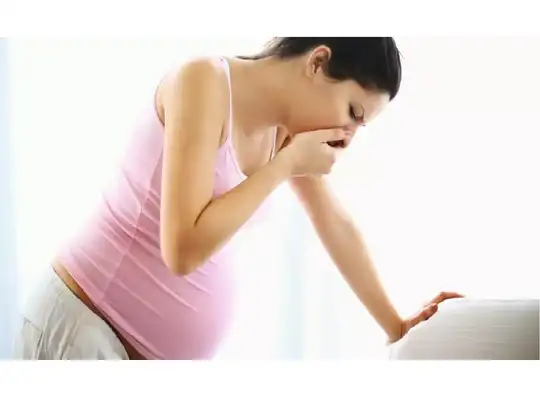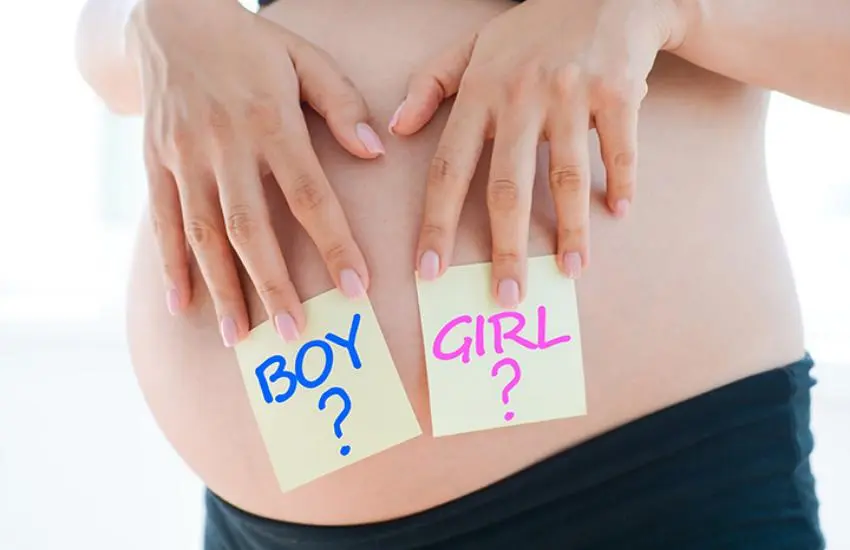Pregnancy is a deeply transformative journey filled with emotional highs and physical changes. One of the most commonly asked questions by expectant mothers in many cultures is: garbh-mein-ladka-hone-par-kahan-dard-hota-hai, or in English, “where does it hurt when pregnant with a boy?” While medical science does not offer a definite answer tied to the baby’s gender, traditional beliefs and anecdotal experiences provide plenty of insights.
In this article, we’ll explore this popular question—garbh-mein-ladka-hone-par-kahan-dard-hota-hai—from both cultural and scientific perspectives. Is there truth to the claims, or is it all just speculation? Let’s dive in.
Understanding the Origins of the Belief
The question garbh-mein-ladka-hone-par-kahan-dard-hota-hai arises primarily from traditional belief systems. In many parts of India and other Asian cultures, elders claim that certain physical signs, especially the type and location of pain, indicate whether the baby is a boy or a girl.

Some common beliefs include:
- Pain on the right side of the abdomen indicates a boy.
- Lower back pain more intense than usual is a sign of carrying a male child.
- Heaviness or pressure in the upper belly is linked to boy pregnancies.
But are these beliefs backed by science? Before we get to that, let’s understand the possible reasons behind such assumptions.
How the Body Changes During Pregnancy
Pregnancy affects a woman’s body in complex ways. Hormones like progesterone and relaxin increase, loosening joints and ligaments, making women more prone to back and pelvic pain. The uterus expands and shifts the center of gravity, which can also result in:
- Lower back pain
- Abdominal discomfort
- Leg cramps
- Pelvic pressure
Interestingly, these symptoms can vary widely among pregnant women, regardless of whether they’re carrying a boy or a girl. So if you’re wondering garbh-mein-ladka-hone-par-kahan-dard-hota-hai, it’s important to remember that the body’s response to pregnancy is highly individual.
Scientific Viewpoint on Baby’s Gender and Pain Location
Medical experts unanimously agree that garbh-mein-ladka-hone-par-kahan-dard-hota-hai has no scientific backing. The sex of the baby has no measurable impact on the location of pregnancy-related pain. Instead, pain and discomfort are more closely related to:
- The baby’s position in the womb
- The number of previous pregnancies
- The woman’s weight and posture
- Hormonal levels
So while your grandmother may say, “It hurts on the right if it’s a boy,” your gynecologist will likely tell you that it’s just a coincidence—or even confirmation bias.
Common Myths Related to Pain and Gender
Let’s look at a few myths linked to garbh-mein-ladka-hone-par-kahan-dard-hota-hai:
- Right Side Abdominal Pain = Boy
This is a very popular claim. However, there is no anatomical evidence suggesting that carrying a boy causes more pain on the right side. - Lower Back Pain = Boy
Many women do experience more intense back pain when carrying boys, but this is not a universal truth. It could simply be due to baby weight or posture. - High Belly Carry = Boy
Another myth suggests that boys are carried higher in the womb, causing pain in the upper abdomen. Again, this varies by individual and does not determine gender.
Even though these beliefs are widespread, they are not grounded in clinical studies. So if you’re obsessively Googling garbh-mein-ladka-hone-par-kahan-dard-hota-hai, remember that the answer isn’t so straightforward.
Real Causes of Pain During Pregnancy
Pain during pregnancy can stem from various causes, including:
- Round ligament pain: Sharp pain in the lower abdomen, common in the second trimester.
- Braxton Hicks contractions: Mild, irregular contractions that can cause discomfort.
- Pelvic girdle pain: A result of joint loosening, common in late pregnancy.
- Sciatica: A shooting pain down the leg, caused by pressure on the sciatic nerve.
None of these conditions have any direct link with the baby’s gender. So the notion that garbh-mein-ladka-hone-par-kahan-dard-hota-hai can tell you if it’s a boy remains anecdotal at best.
What Do Mothers Say?
Despite the lack of scientific support, many women swear by their experiences. They claim that during their boy pregnancies, they felt more intense pain on one side, experienced more fatigue, or carried the baby differently. These stories continue to fuel the question—garbh-mein-ladka-hone-par-kahan-dard-hota-hai—even in today’s age of technology.
It’s important to understand that personal experiences, while valuable, are not universal truths. Every pregnancy is unique.
Dangers of Gender-Based Assumptions
In some cultures, the curiosity surrounding baby gender can unfortunately lead to sex-selective practices. This is why prenatal gender determination is illegal in countries like India. Asking garbh-mein-ladka-hone-par-kahan-dard-hota-hai might seem innocent, but it can sometimes stem from deeper societal biases.
As such, it’s important to celebrate a healthy pregnancy regardless of the child’s sex. Instead of focusing on gender, prioritize:
- Prenatal nutrition
- Regular medical checkups
- Emotional and mental well-being
- Safe delivery planning
When to See a Doctor for Pain
Regardless of what you’re carrying—a boy or a girl—if you experience any of the following, seek immediate medical attention:
- Severe abdominal pain
- Bleeding or spotting
- Sharp back pain that doesn’t go away
- Fever or chills
- Painful urination
These could be signs of complications unrelated to gender, but very relevant to your health and the baby’s safety.
Final Thoughts
So, garbh-mein-ladka-hone-par-kahan-dard-hota-hai? The honest answer is—nowhere specifically. Pain during pregnancy is natural and can occur due to multiple reasons that have nothing to do with the baby’s gender. While cultural beliefs and personal experiences are fascinating, they should not override medical advice and evidence-based care.
What matters most is ensuring a safe, joyful, and healthy pregnancy. Rather than worrying about where it hurts or what it means, trust your doctor, listen to your body, and enjoy the journey of motherhood.


